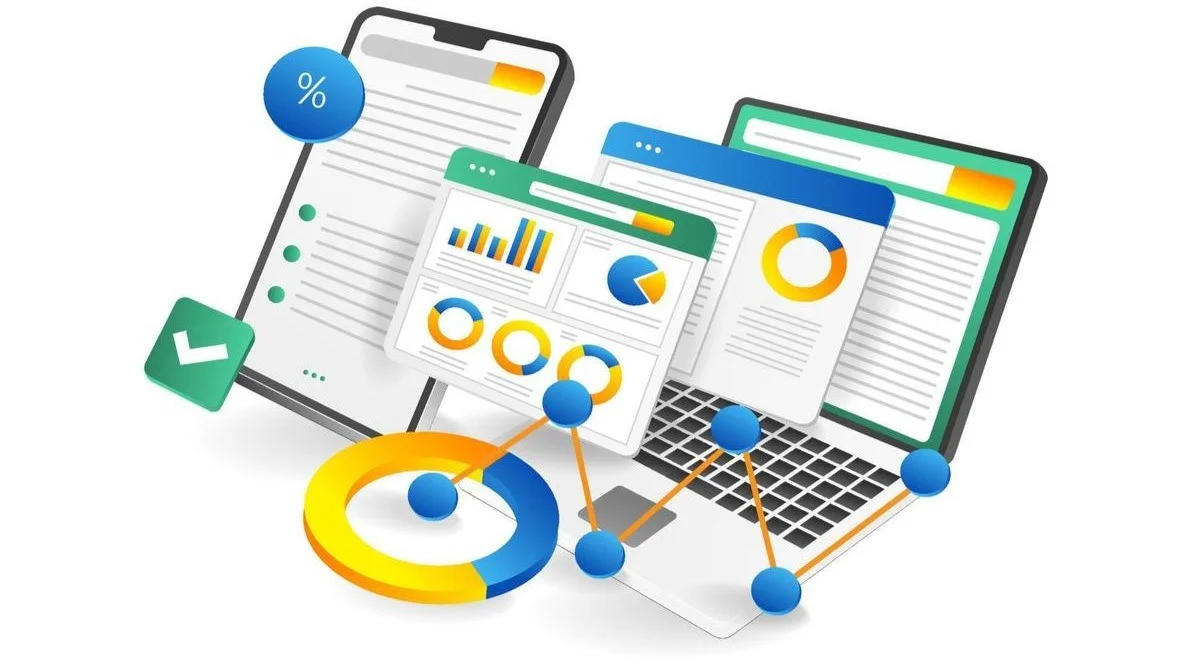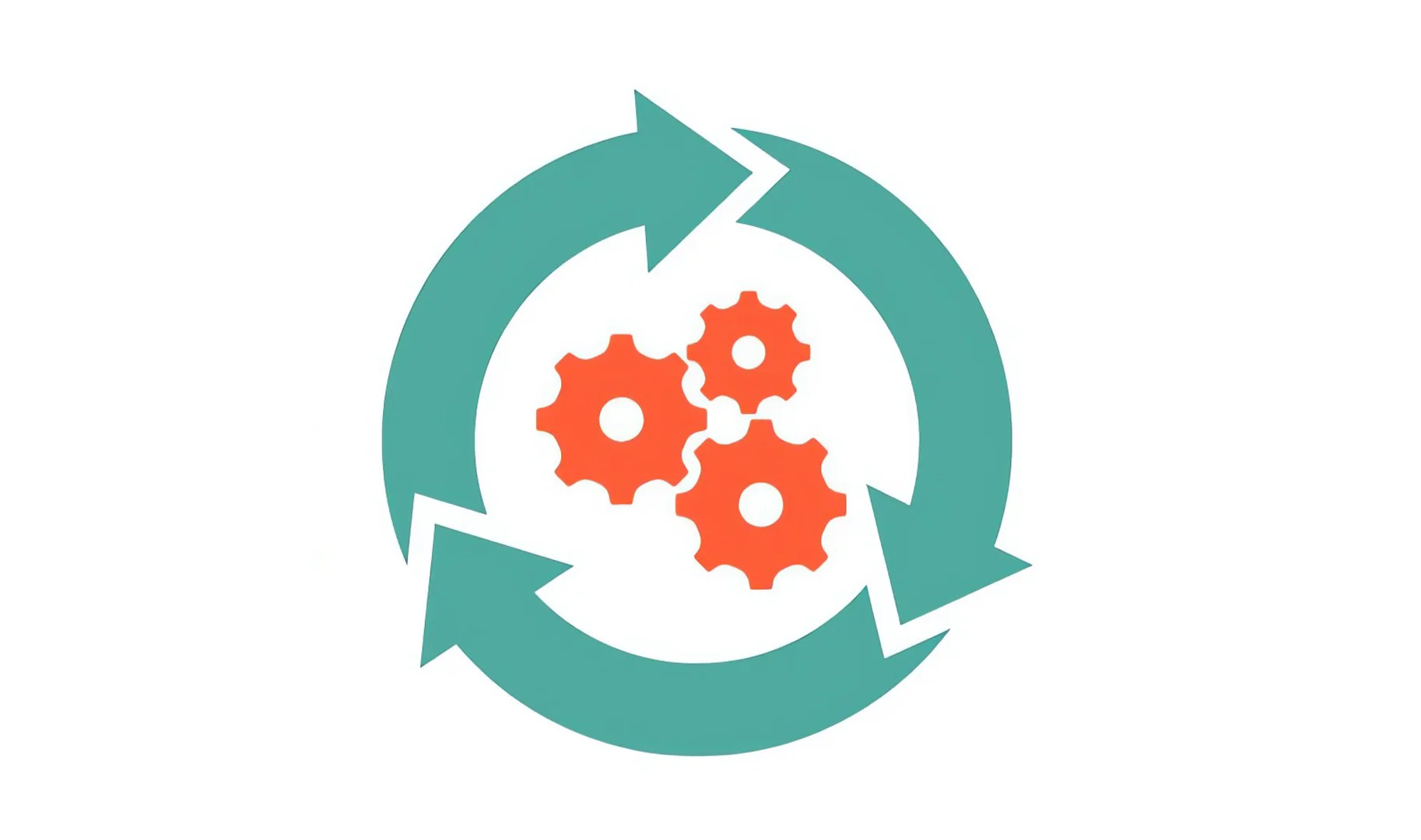In today’s competitive mobile app market, integrating artificial intelligence (AI) is no longer an option but a necessity for creating intelligent and user-centric applications. AI integration can significantly enhance mobile app functionality, providing personalized user experiences, improving decision-making processes, and enabling advanced automation. This article will guide you through a step-by-step approach to building intelligent mobile apps with AI integration, from conceptualization to deployment and beyond.
Step 1: Define Your Objectives and Requirements
Before delving into the technical details of AI integration, it’s important to establish clear objectives and requirements for your mobile app. What specific problems are you aiming to solve? What user needs do you want to address? Are you looking to integrate features such as chatbots, predictive analytics, image recognition, or voice assistants? Clearly defining these goals will guide your selection of the appropriate AI technologies and frameworks for your app. By answering these questions, you can align the AI capabilities with your app’s objectives, ensuring that the technology enhances user experience and meets the desired outcomes.
Step 2: Choose the Right AI Technologies and Tools
Choosing the right AI technologies and tools is crucial for the success of your mobile app. There are several AI technologies that can be integrated into mobile apps, including machine learning (ML), natural language processing (NLP), computer vision, and deep learning. When selecting the right technology, consider the specific needs of your app:
- Machine Learning (ML): If your app needs to make predictions, identify trends, or provide recommendations, machine learning is the appropriate technology. Use frameworks like TensorFlow, PyTorch, or Scikit-Learn to build and train machine learning models.
- Natural Language Processing (NLP): For apps focused on chatbots, virtual assistants, or text analysis, NLP is essential. Tools like SpaCy, NLTK, and Google’s Dialogflow can help process and understand text inputs from users.
- Computer Vision: If your app involves image recognition or video analysis, computer vision technologies are necessary. Use tools like OpenCV, TensorFlow Lite, and Google’s ML Kit to handle visual data on mobile devices.
- Deep Learning: For complex tasks such as object detection, facial recognition, and language translation, deep learning is the best choice. Frameworks like Keras, TensorFlow, and PyTorch allow you to develop and deploy deep learning models efficiently on mobile platforms.
Step 3: Data Collection and Preparation
Data is at the core of AI integration. To effectively train AI models, you need high-quality data that has been meticulously collected, cleaned, and prepared. This involves several crucial steps to ensure that the data is both comprehensive and reliable, allowing the AI to learn accurately and perform well.
The first step in data preparation is data collection. This process involves gathering relevant information from various sources, such as mobile device sensors, third-party APIs, and user inputs. The data collected could include user behavior patterns, sensor readings from devices, images, text messages, or voice recordings. It’s important to capture a wide range of data points to provide a complete picture of how users interact with the app or system.
Data Cleaning
After data collection, the next critical step is data cleaning. This phase aims to remove any irrelevant or noisy data that could skew the model’s learning process. It involves handling missing values by imputing them or removing incomplete entries, correcting inconsistencies, and filtering out any inaccurate data that doesn’t contribute meaningful information to the AI model. Proper data cleaning ensures that the model is trained on clean, representative data that can generalize well to real-world scenarios.
Following data cleaning, the data needs to be normalized and feature-engineered. Data normalization is the process of scaling the data values to ensure they fall within a specific range or standard deviation. This helps improve the performance of machine learning algorithms by preventing features with larger values from dominating the model. Feature engineering, on the other hand, involves selecting and creating meaningful features from raw data. These features could include transformations, aggregations, or new combinations of the original data points that enhance the model’s ability to make accurate predictions or insights. By carefully crafting these features, you give the AI model the best chance to learn patterns and relationships effectively.
Step 4: Develop and Integrate AI Models
Once you have defined your objectives, chosen the appropriate technologies, and collected the necessary data, the next step is to start developing your AI models. This process involves selecting the right AI development services, building and training models, and integrating them into your mobile app.
To begin, you’ll need to choose an AI framework that aligns with your app’s requirements and the platforms you plan to support, whether it’s iOS, Android, or both. Popular choices like TensorFlow, PyTorch, and Keras are well-suited for Android development, offering flexibility and robust support for machine learning tasks. For iOS apps, Core ML and TensorFlow Lite are excellent options, designed specifically to optimize performance on mobile devices.
After selecting the framework, the next step is model training and evaluation. You’ll need to train your models using the prepared data, which could include user behavior, images, text, or sensor inputs. During training, it’s important to use various performance metrics such as accuracy, precision, recall, and F1-score to assess how well the models are performing. This iterative process may require several rounds of training to fine-tune the models and improve their performance, ensuring they can make accurate predictions and deliver meaningful insights.
Once your models are trained and their performance is satisfactory, the next step is integration. You’ll need to seamlessly incorporate the trained models into your app using the chosen AI development services. It’s crucial to optimize these models for mobile environments to reduce latency and enhance efficiency. This might involve adjusting model parameters, compressing model sizes, or using specialized mobile runtimes. By doing so, you ensure that the AI capabilities are not only functional but also perform smoothly on mobile devices, providing a seamless user experience.
Step 5: Test and Refine Your AI-Integrated Mobile App
Testing is a critical step to ensure that your AI-integrated mobile app performs as expected across different devices and in various conditions. Both automated and manual testing methods should be employed to identify and address bugs, check for compatibility, and validate the app’s performance.
Focus on functional testing to ensure that all features, including AI functionalities, work correctly. This involves verifying that the app’s AI models can handle user interactions, process data accurately, and deliver the expected outputs. Performance testing is equally important, where you assess the app’s speed, stability, and how efficiently it uses battery power. This helps to determine how well the app performs under load and in real-world usage scenarios.
Finally, user acceptance testing (UAT) should involve real users to test the app in a real-world environment. Gathering feedback from users allows you to identify any usability issues, compatibility problems, or areas where the app could be improved. This process provides valuable insights that can guide further refinements and ensure a smooth and satisfying user experience.
Step 6: Deploy and Monitor
Once testing is complete and your app is ready for release, the next step is to deploy it to the app stores, such as the Google Play Store and the Apple App Store. After deployment, continuous monitoring of the app’s performance is essential. Utilize analytics tools to track user interactions, collect feedback, and make any necessary adjustments based on user behavior and performance data.
Post-deployment, it’s important to stay proactive with ongoing monitoring. Use tools like Google Analytics, Firebase, and Crashlytics to keep an eye on how the app is performing and how users are interacting with it. This helps identify any issues early on and provides insights into what’s working well and what needs improvement.
Additionally, based on the data collected through monitoring, periodically update the app to address bugs, introduce new features, and enhance performance. This ensures that the app remains relevant and offers the best possible user experience.
Step 7: Continuous Improvement and AI Model Updating
Building intelligent mobile apps is a continuous and iterative process. After deployment, there’s always the opportunity to refine and enhance both the app and its AI models. Regularly updating the AI models is crucial to ensure they remain responsive to evolving user needs and improve accuracy. This helps maintain the app’s relevance and keeps it competitive in the market.
Alongside AI model updates, periodically updating the app itself is equally important. Based on user feedback and performance data, make enhancements such as adding new features, fixing bugs, and optimizing performance. This ongoing adjustment process ensures that the app continues to meet user expectations and deliver a positive experience.
Conclusion
Building intelligent mobile apps with AI integration is a complex yet rewarding process that requires a strategic approach and a deep understanding of AI technologies. By following the step-by-step guide outlined above. Businesses can create mobile apps that offer a unique user experience, leverage AI-driven insights, and stay ahead of the competition. Whether you’re aiming to develop a chatbot, a recommendation engine, or an image recognition app, integrating AI is key to unlocking the full potential of mobile app development.
nandbox App Builder
AI integration is revolutionizing companies by automating processes, boosting decision-making, and providing better user experiences. Companies that integrate AI capabilities into their operations can streamline workflows, personalize offerings, and obtain important data insights. Businesses can use the nandbox App Builder to create custom mobile apps that seamlessly combine AI capabilities like chatbots, predictive analytics, and personalized recommendations—all without having to code. This enables businesses to create smarter, more responsive apps that increase engagement and operational efficiency. Companies that use nandbox for AI integration can remain competitive in a fast shifting digital market.





